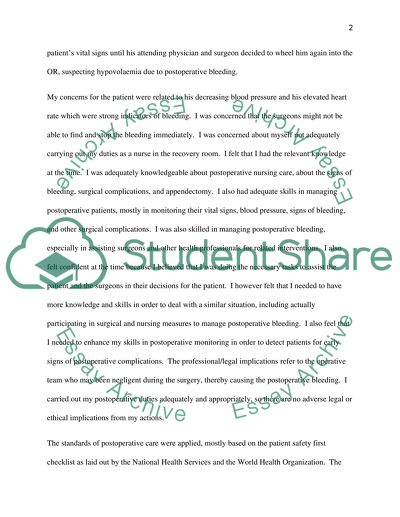Cite this document
(“Reflection: Hypovolaemia Essay Example | Topics and Well Written Essays - 2500 words”, n.d.)
Reflection: Hypovolaemia Essay Example | Topics and Well Written Essays - 2500 words. Retrieved from https://studentshare.org/nursing/1402216-hypovolaemia-in-post-operative-laparoscopic
Reflection: Hypovolaemia Essay Example | Topics and Well Written Essays - 2500 words. Retrieved from https://studentshare.org/nursing/1402216-hypovolaemia-in-post-operative-laparoscopic
(Reflection: Hypovolaemia Essay Example | Topics and Well Written Essays - 2500 Words)
Reflection: Hypovolaemia Essay Example | Topics and Well Written Essays - 2500 Words. https://studentshare.org/nursing/1402216-hypovolaemia-in-post-operative-laparoscopic.
Reflection: Hypovolaemia Essay Example | Topics and Well Written Essays - 2500 Words. https://studentshare.org/nursing/1402216-hypovolaemia-in-post-operative-laparoscopic.
“Reflection: Hypovolaemia Essay Example | Topics and Well Written Essays - 2500 Words”, n.d. https://studentshare.org/nursing/1402216-hypovolaemia-in-post-operative-laparoscopic.


